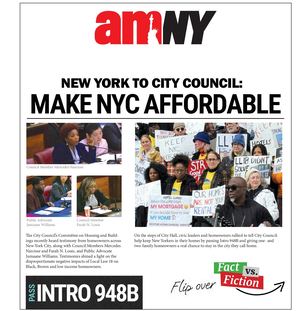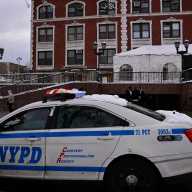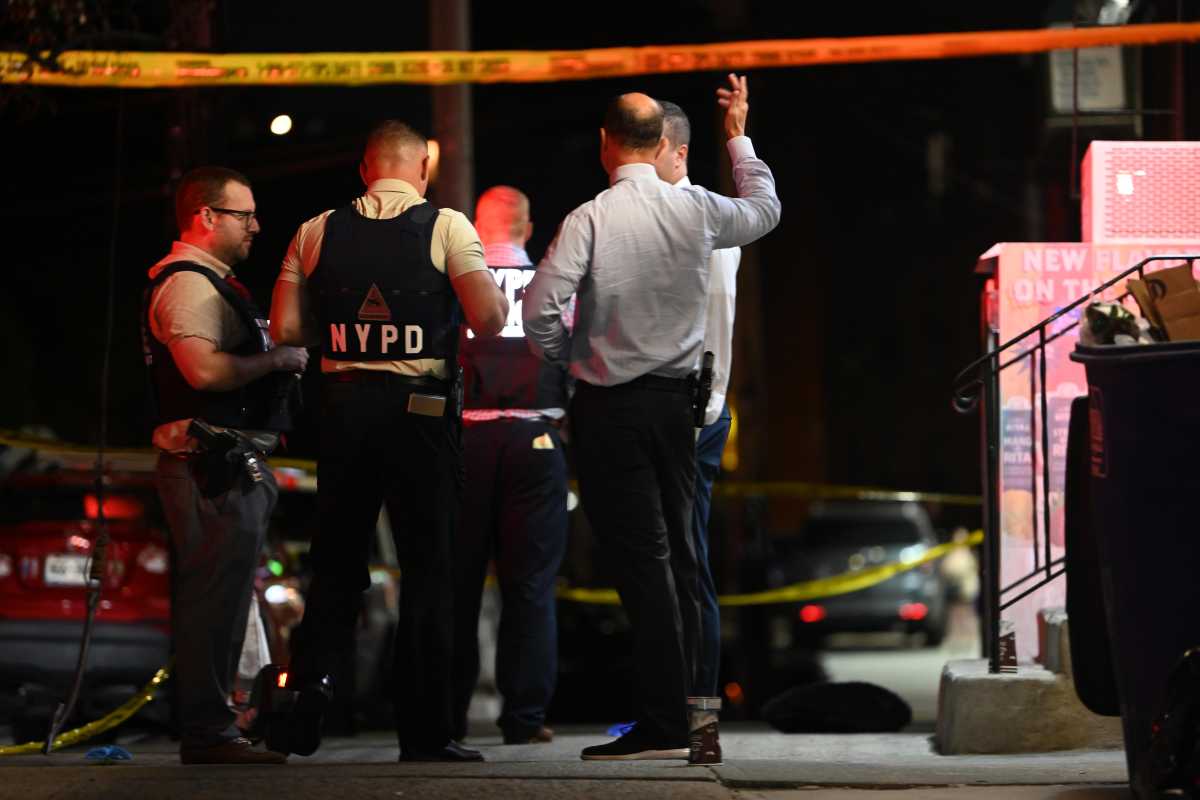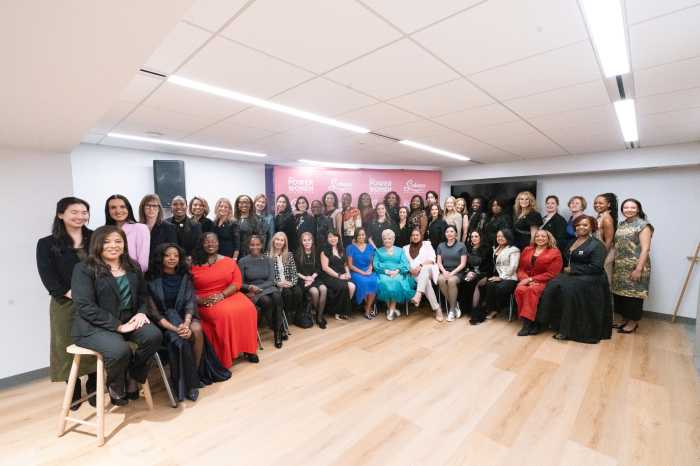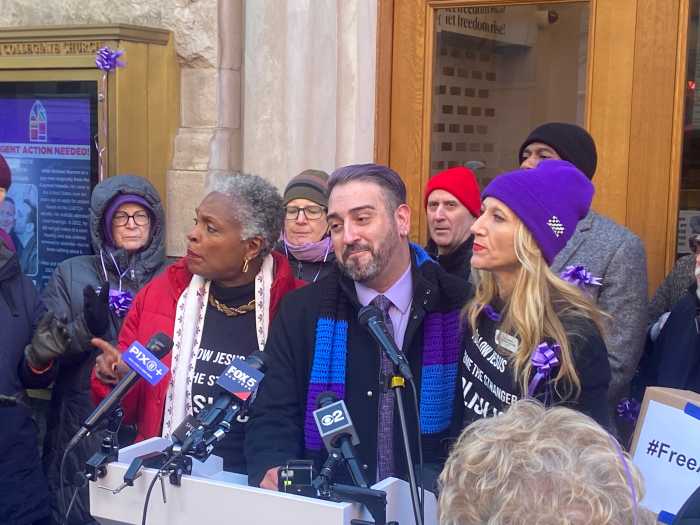It seemed like a good idea at the time.
After zoning changes in 1961, developers who opted to create pedestrian plazas and “arcades” — covered walkways adjacent to buildings — could be eligible to build higher.
The notion was to preserve some precious public space while creating more density.
But in Lower Manhattan, where many of the plazas and arcades were built, things went very wrong. The arcades built on Water Street between the Staten Island Ferry and the South Street Seaport turned out to be lonely, dark, often dead-end tunnels, useful mostly for smoke breaks and getting out of the rain.
Built as sheltered refuges in a driving-centered city, today they detract from the vitality of walkable streets. Thick columns do little aesthetically but block the view.
And for the plazas built between 1961 and 1975 developers were allowed, but not required, to furnish them with amenities — benches, flowers, trees, the like. Spoiler alert: they didn’t.
If at first you don’t succeed…
The failure of this decades-old zoning decision is a reminder that sometimes well-intentioned compromises don’t go according to plan or create the hoped-for public benefits.
That’s particularly important to remember as Mayor Bill de Blasio navigates his signature issue: affordable housing. Under citywide rezonings, evelopers build a percentage of affordable units in exchange for more density.
In Lower Manhattan, the city recently acknowledged its mistake regarding the covered walkways and plazas by taking steps to fix it.
Landlords in the Water Street area would be allowed to fill in the covered walkways with retail space, according to a zoning amendment passed by the City Planning Commission, and now before the City Council, which held a hearing on Wednesday.
In exchange, the landlords will have to improve those empty plazas — with trees, plantings, seating, bicycle racks or water fountains, for example.
Lower Manhattan is awash in these peculiar empty but supposedly public zones — windy places where pedestrians fail to linger, adding to the gray drabness of many of the streets rather than distracting from it. Shops and cafes on the ground floor of silent commercial skyscrapers could help, providing a more welcome environment for employees working in the area, as well as for tourists and residents. Spruced-up plazas would be similarly helpful.
But there is a certain irony to the fact that building owners who were allowed to build bigger will now be allowed to gobble up more space originally meant to be public — in exchange for small future improvements, reaping large financial benefits once again. This sense of double dipping rankled some in the neighborhood, where the resolution only narrowly passed at the local community board. The 225,000 square feet of public plazas and 110,000 square feet of arcades in the district came in exchange for 2.5 million square feet of bonus floor area, according to the City Planning Commission.
Now, building owners will get more.
…try again
When mistakes are made, even when wrought in iron and concrete, it’s best to do what’s possible to fix them. Such clever thinking brought the High Line, and hopefully the tweaks in Lower Manhattan can help make the area livelier. The nearby streets were hit hard by Superstorm Sandy, which necessitated lengthy and expensive repairs. The new amendment is also intended to boost flood resiliency.
Planners “make their best educated guess about what will work for the future,” says Diana Switaj, director of land use and planning for the area’s community board.
By understanding that housing will get expensive, de Blasio is working with developers to get some affordable housing in return for new construction.
With compromises like this, there as here, it will be important to make sure that community requests don’t get bulldozed by developer convenience.
In passing the resolution last month, the local community board asked for and won the right to review incoming retail. Board members also suggested that community needs for facilities like pre-k centers, libraries and senior centers be encouraged in the new construction.
The Planning Commission acknowledged that this would be a good outcome to keep in mind.
But it didn’t require it.
